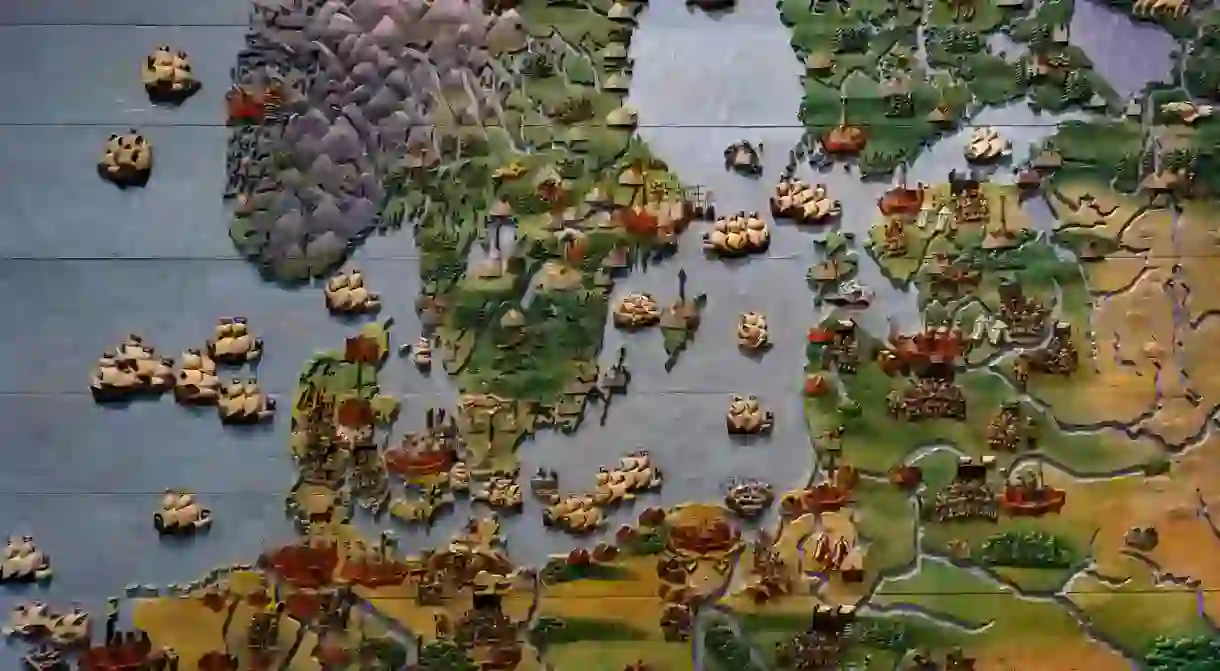Archaeologists Prove Scandinavia Has Been a Melting Pot of Cultures Since Its Origins

Although modern day Norwegians don’t need to emigrate anywhere, that was clearly not the case a couple of thousand years ago. Back then, the population used to move all across Europe and Russia – and according to recent archaeological findings, these moves have shaped drastically what we call Scandinavia today.
It was about 12,000 years ago, when the region of Scandinavia emerged from under the ice – and three hundred years after that, people started settling in. But who where those people, and where had they come from? Upon examining some of their tools, the prevailing archaeological assumption had been that they emigrated from the South-Western Europe, walking northward up the long coast of Norway. But recent findings show that there’s more to this story.
The area of Steigen, in northern Norway, has played a key part in understanding the origins of the Scandinavian population a bit better. It was there, as well as in Søgne (in West Agder) and in two locations in Sweden, that fossil DNA findings in the form of seven skeletons showed that some of the first Scandinavians also came from the east. According to geneticists, Scandinavia was colonised both by a migration from south west Europe (that went directly up to Scandinavia) and, soon after, by a migration from what is today Russia (that went north of the ice cap and down along the Atlantic coast).

What does that mean? For one, that northern countries are not an Arctic dead end: they have been, in fact, a melting pot of people from continental Europe and the Urals – the latter could have brought new technologies (like ceramics) from as far away as China. To survive in the extreme cold of Scandinavia, they would have to adapt. Indeed, researchers have discovered traces of certain genomic patterns, such as high frequencies of light complexion genetic variants and genes, that could speak of possible environmental adaptations in the ancient Scandinavian skeletons – although the evidence is not conclusive yet.
But most importantly, the idea that the Scandinavian race (or the Vikings, for that matter) is ethnically pure, is becoming more and more obsolete as new findings of tools and DNA emerge. Perhaps this will lay the debate over which countries are ‘authentically’ Scandinavian and which are just Nordic (hi, Finland), finally to rest.














